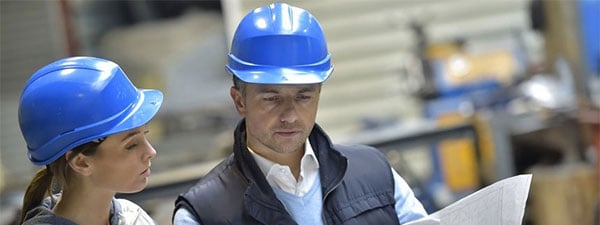Safety is about enabling things to go right. This radically breaks with traditional thinking which focuses on eliminating things that can go wrong.
Driving a Formula 1 car takes exceptional skill and attention to safety. Repairing a Formula 1 car takes exceptional skill and attention to safety. Importantly, however, those two skill sets are not the same nor are the two approaches to safety.
Likewise, the skills and approach critical to running a safe, effective plant are not the same as those for running a safe, effective plant turnaround. In a shutdown or turnaround, you are usually in a “cold plant” environment. The typical risks you find and manage in a “hot plant” are less relevant. The risks in a turnaround shift toward those of a construction site where coordination and safe management of thousands of workers performing hundreds of different tasks is the challenge. In this setting the risks come more from the workers themselves than from their environment. For example, the likelihood of being exposed to dangerous products release or scalded by hot equipment is reduced drastically.
A core element of safety-management is the work-permit system. If you continue to use the routine-maintenance work permit system during a turnaround, it can become a needless administrative burden for the permit office, which now must manage an unnecessarily heavy paper burden, keeping abreast of thousands of live work permits. Proudfoot has seen turnarounds create over 20,000 live work permits. This comes at the expense of keeping track of the real risks and puts undue stress on the work permit coordinators.
You must adapt your safety approach to keep it fit for purpose: ensuring safety and supporting efficient work. When asset-intensive companies use their regular-operations permit-to-work system during a shutdown or turnaround, they are often missing the opportunity to adapt to the different working environment. Work permits control the work by assessing the risk exposure of maintenance workers. By contrast in a turnaround, the system must evaluate the additional risks the workers bring to the work place (e.g. tools, unfamiliarity with the site and site HSE rules, simultaneous projects operating in close proximity, critical lift, work at height, work in confined space).
Proudfoot works with the companies involved – the plant owner and all major turnaround contractors to create, document, and manage turnaround-specific safety plans that address the types of work and risk that workers truly face. This helps our clients manage the real risks facing their people.
What if you could improve safety results during Shutdowns/Turnarounds while increasing productivity? With Proudfoot, you can!
Proudfoot designs, implements, and accelerates operational and digital transformation, through people.

Article by Pierre-Emmanuel Jouy, Director, Maintenance
